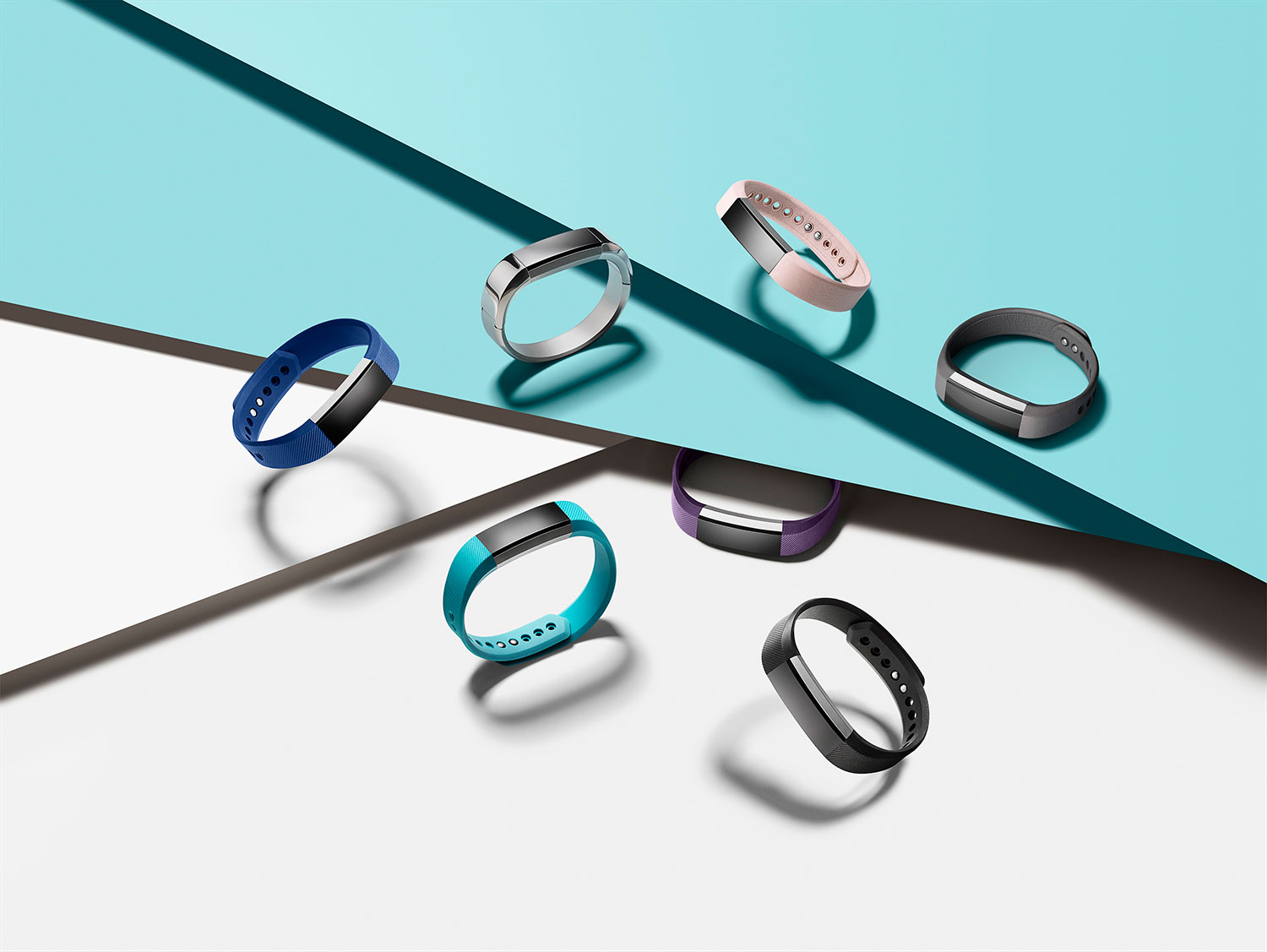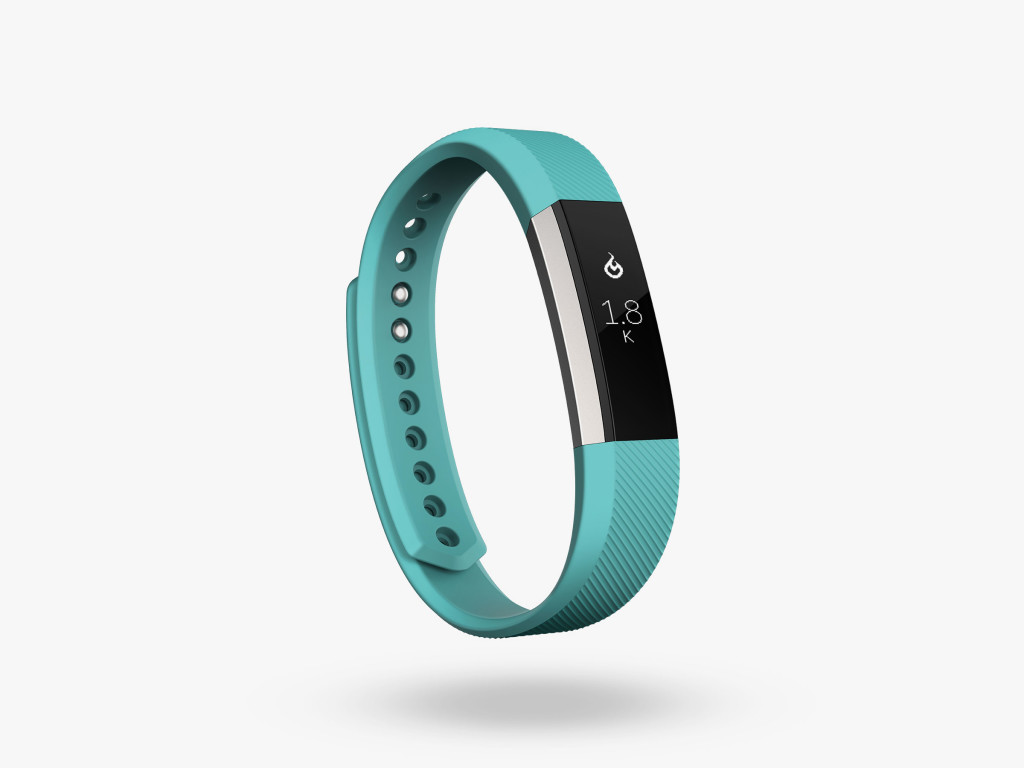Fitbit unveiled their latest wearable today, the Alta. Fitbit is billing this as the ‘most fashionable tracker ever’, although Misfit might have something to say about that. The Alta is almost the polar opposite of the Blaze fitness watch that the company announced earlier this year at CES: it’s slim, spartan in features but undeniably stylish. Let’s take a closer look.
The Alta is shaped like a svelte bracelet, although it’s a bit taller than most wrist-based jewellery. The (black, blue, teal or plum) bands surround a (silver or gold) stainless steel middle section, which holds the guts of the device. Genuine leather bands are also available, albeit at a premium. You’ll interact with the Alta using its touch-sensitive monochrome display, or using the now-excellent Fitbit app. The Alta is designed as an everyday wearable, rather than one for sporting or exercise use only.
Like the Apple Watch, the Alta is constantly tracking your activity and will buzz your wrist to get you moving if you’re turning into a lump at your desk. It’s also relatively clever compared to earlier Fitbit trackers, with the same ‘smart track’ functionality that automatically classifies exercises like cycling, running or ellipticals and begins tracking the workout in the Fitbit app.
The Alta is relatively feature-light compared to its more expensive peers; it lacks an optical heart rate sensor to keep a tab on your vitals or GPS to track your running routes. As well as keeping its price down, that also allows the Alta to hit five days of battery life, which is quite reasonable. It still connects to your phone over Bluetooth to provide buzzes for incoming notifications; Android, iPhone and Windows phones are all supported.
The Alta is expected to launch next month, although UK pricing and availability have yet to be confirmed. Casual activity tracking and an attractive design could be a winning combination for Fitbit, and it’ll be interesting to see what critics make of the device as it gets closer to launch.
(For now, here’s The Verge‘s early take.)

